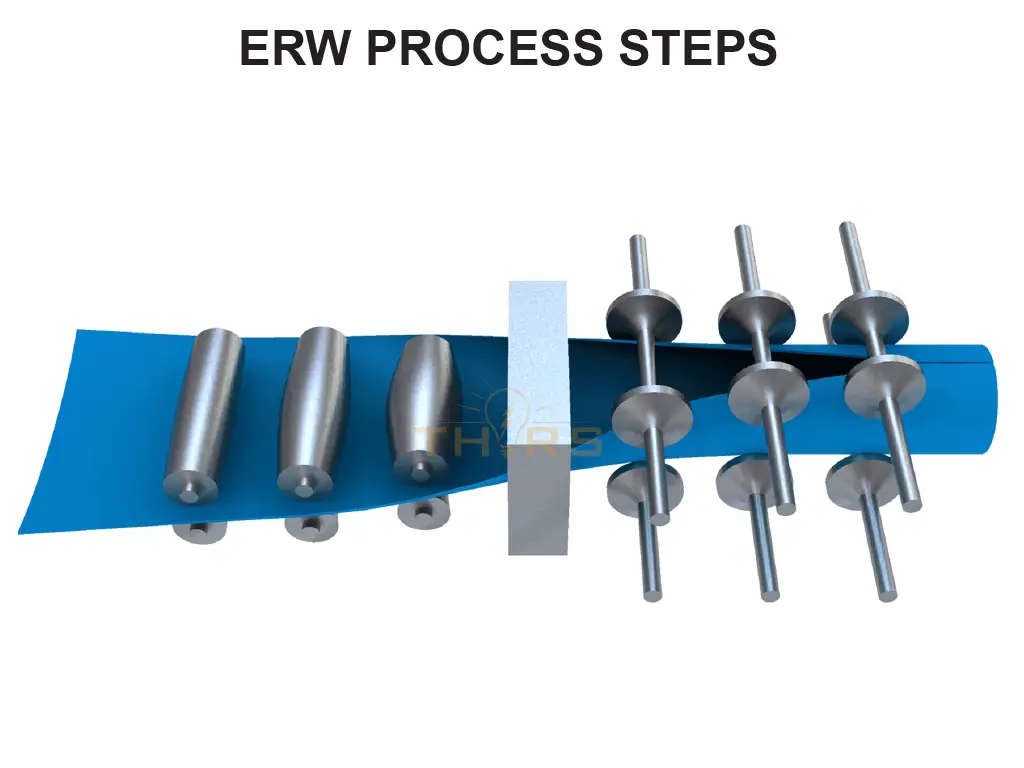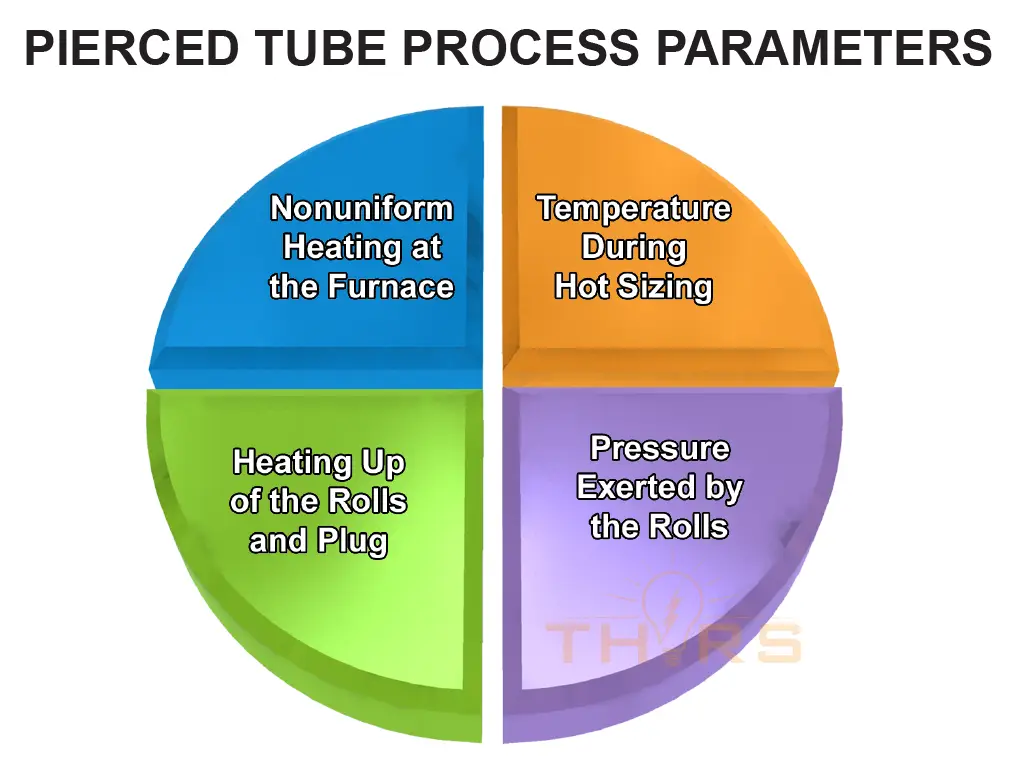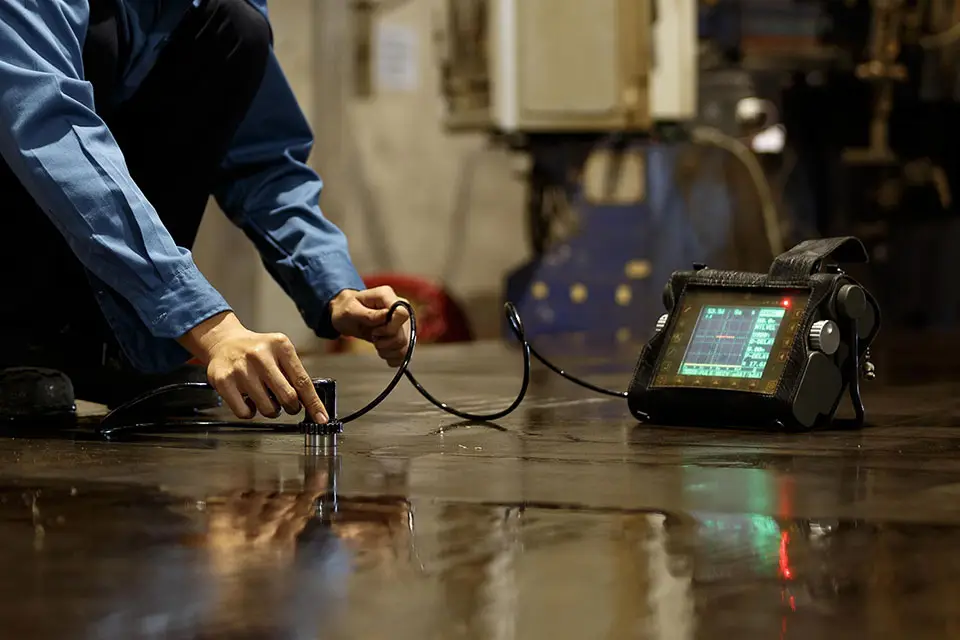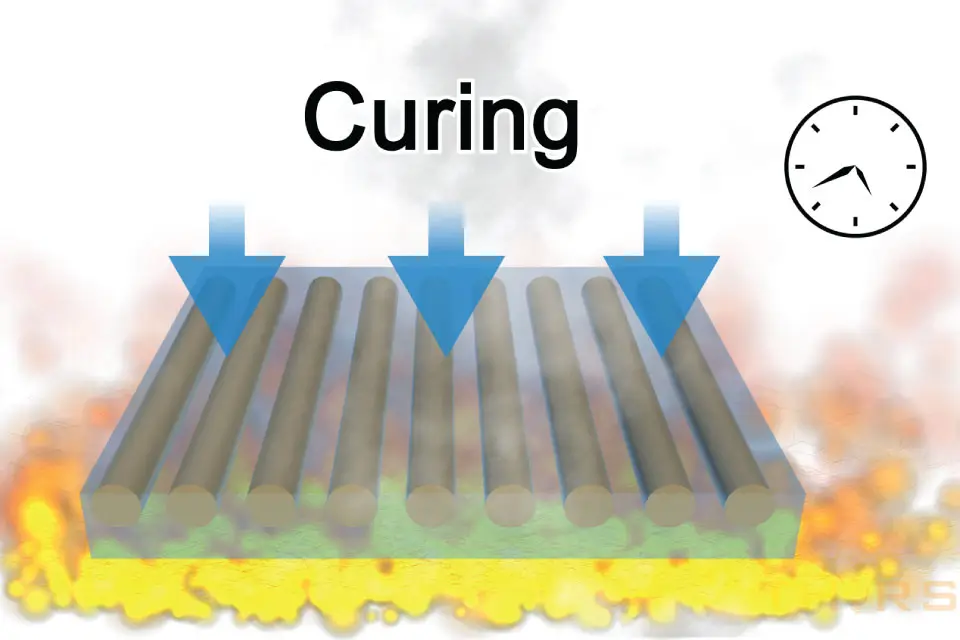How have steel tubes performed in the past?
The oil and gas industry is the major consumer of steel tubes, accounting for half of the total revenue share of the steel tubing market globally. The chemical, automotive, power plant, and construction industries together are the consumers of the other half of the market share. The US has always been the prime user of steel tubes, as they have always been the leading producer of oil and gas. The Asia Pacific region comprising China, India, Japan, and South Korea has also accounted for a major share of revenue, due to the increase in manufacturing and petrochemical industries.
The shutting down of steel industries due to the impact of the COVID-19 pandemic had put a temporary setback in the production and marketing of steel tubes. However, the market has bounced back with renewed goals and targets.
What are the products at a glance?
The three primary products in the steel tubing market are seamless tubes, Electric Resistance Welded (ERW) tubes, and Submerged Arc Welded (SAW) tubes. You might increase your understanding of the various production processes of Steel Tubes through our course, Steel Tubing Basics. Seamless tubes, as the name suggests, do not have a seam or weld. Owing to its high quality, strength, and corrosion characteristics, the seamless tube market has the highest share in the global market for high-pressure applications. On the other hand, scientific advancements in welding technologies, such as high-frequency welding, support the market growth of ERW and SAW tubes consistently. ERW and SAW tubes are used in the transportation of oil and gas in small and medium-pressure applications.


What are projections for the global steel tubing market?
The global steel tubing market is expected to reach 79.2 billion USD by 2027, while the steel pipe and tube market put together is expected to reach 231.18 billion USD by 2027.
The leading trend of the oil and gas sector is expected to continue in the coming years, as the demand from the transportation industry for oil and gas products is increasing exponentially. The consumption of steel tubes is expected to accelerate in the future with the innovation of horizontal drilling in the oil and gas industry to reach difficult-to-access oil well targets. With the innovations, demand, and expansion of the steel tubing market, the need for qualified and knowledgeable manpower is expected to increase. Start learning about the fundamentals of steel and steel tubes from our highly engaging, content-rich library of courses for a bright career in the steel industry.



